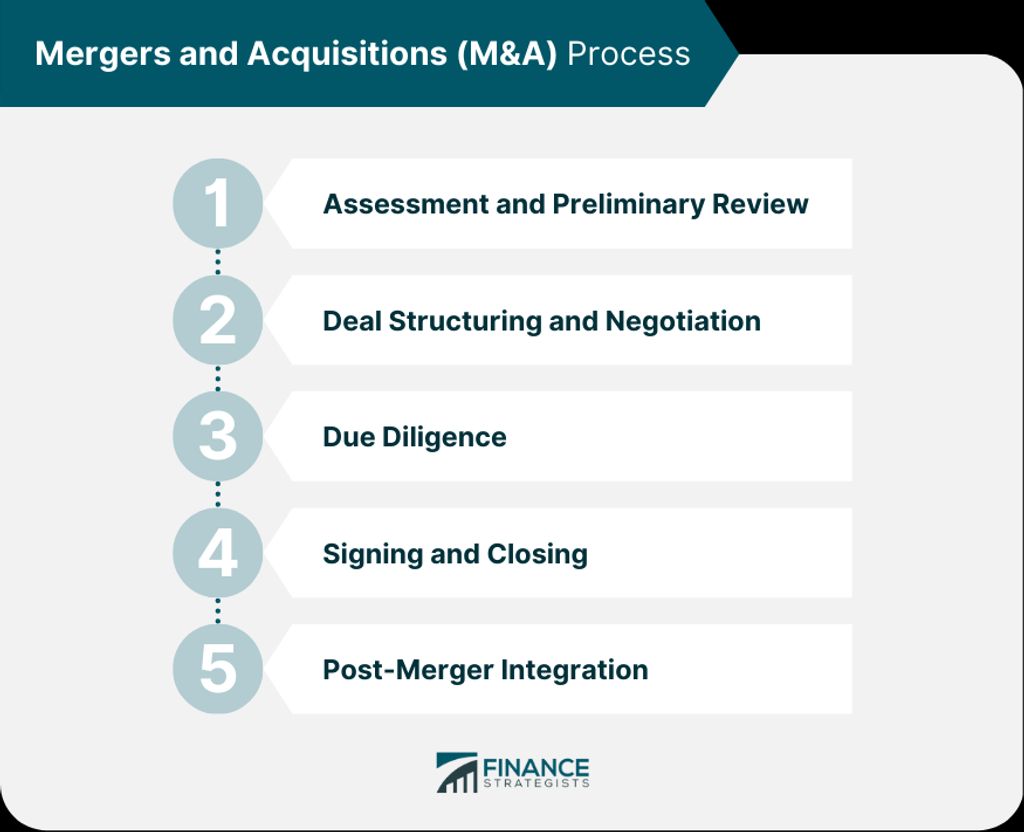Order blocks in Forex trading are pivotal zones where substantial market players, such as institutional traders, have historically placed significant orders, either to buy or sell. These blocks are essentially clusters of orders at specific price points and have a considerable impact on the market’s price movement, liquidity, and overall sentiment. Grasping the concept of order blocks is a strategic method for identifying key support and resistance levels based on the behavior of these large-scale traders.
What is an Order Block?
An order block refers to a specific price area characterized by a dense concentration of limit orders that are queued for execution. Identifying these blocks involves examining previous price actions on a chart, searching for zones where the price experienced significant movements or sudden directional shifts.
Order Blocks and Their Importance
In trading, particularly when dealing with price action, these areas are crucial as they often act as pivotal points that can influence the future direction of the market. When a large number of buy or sell orders are concentrated at a particular price level or zone, it creates a strong level of support or resistance. As the price approaches these levels, the amassed orders can absorb buying or selling pressure, leading to a reversal or consolidation in price.
The Significance of Order Blocks
Order blocks play a vital role in several aspects:
- Price Movement: The execution of these large order blocks can significantly influence market prices. A substantial block of buy orders, for instance, can propel the price upwards, whereas a large sell order block can drive it downwards.
- Liquidity Impact: Such blocks can alter the liquidity of a market since they are often sizeable enough to consume all available liquidity. This can result in temporary imbalances between supply and demand, thus causing price volatility.
- Market Sentiment Indicators: They may signal the sentiments of major market participants. Since these players often have access to more comprehensive information, their actions can lead other traders to follow suit, which in turn affects the price.
How to Identify Order Blocks
Identifying order blocks involves scrutinizing past price movements on a chart to locate where the market has shown strong reactions. These reactions could manifest as price reversals, consolidations, or breakouts. The potential order blocks are then marked at the levels where these reactions occurred. Repeated bounces off an order block strengthen its role as a support or resistance level. Conversely, when the price breaches an order block level, the role of support or resistance tends to reverse.
Trading Strategies Involving Order Blocks
Here’s a more detailed guide to trading with order blocks:
- Identification: Start by analyzing past price actions on the chart to find significant market reactions that indicate potential order blocks. These may act as future support or resistance zones.
- Observation: Monitor how the price behaves when nearing an order block. A consistent bounce off this level indicates a strong area of support or resistance. Remember, the price might fluctuate around the level, so think of order blocks as zones rather than precise points.
- Entry Strategies: Look for entry opportunities based on the following:
- Reversal Trades: If the price nears an order block and exhibits reversal signals, such as specific candlestick patterns, consider entering a trade opposite to the current trend.
- Breakout and Retest Trades: Post a breakout above or below an order block, wait for a retest of this level, which may now act as a new support or resistance zone. Enter a trade in the direction of the breakout, confirming with candlestick patterns or other technical indicators.
- Confluence with Other Analysis Tools: Enhance the probability of successful trades by aligning order blocks with other technical analysis tools like trendlines, moving averages, or Fibonacci retracements.
- Risk Management: Implement stop loss orders just beyond the order block to mitigate potential losses. Establish profit targets based on nearby support and resistance levels, or use a risk-reward ratio aligned with your trading style.
- Consistent Risk Management: Always employ consistent risk management strategies. Remember, markets may not always respect order block levels, and it’s crucial to control exposure and avoid excessive leverage.
- Adaptation and Discipline: Continuously monitor your trades and be ready to adjust your strategies in response to changing market conditions. Maintain discipline and adhere strictly to your trading plan.
Conclusion
Trading with order blocks is a nuanced and sophisticated strategy. It requires a deep understanding of market dynamics and the ability to interpret complex price movements. While this approach is not guaranteed, thorough practice, backtesting, and a disciplined application in live trading can enhance its effectiveness. Traders should always be prepared for the inherent risks and the unpredictable nature of the Forex market.


